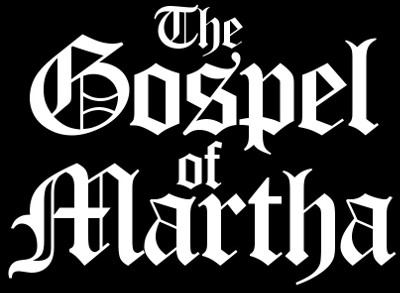

|
Sometime toward the end of the year of our Lord AD 35, a female disciple of a Jewish rabbi named Yeshua Bar-Joseph completed writing her treatise of his humble three-year ministry throughout the Roman-ruled land of Israel. The basis of this compilation was the good news, or gospel, of the Mashiach (Hebrew, "Anointed One"), which was forgiveness of sins, reconciliation with God, and a restored relationship with the Creator of mankind.
This Jesus the Christ, as the Greeks referred to him, was ultimately rejected by his own people as their promised Messiah, which the scriptures of their prophets foretold. The judgment of his trial was claiming to be equal with their God, the great I AM of the Torah, which resulted in a sentence of death. But instead of stoning, as was the Jewish custom, he was handed over to the Romans to be crucified by their laws based on accusations of subversion against Caesar. According to his followers, the Christians, he was resurrected from the dead three days later as proof of his claim to the throne of God. This gospel of Jesus Christ was spread with the help of the writings of a woman named Martha, whose brother she declares was raised from the dead by Jesus, among many of his reported miracles. This early manuscript was created from the firsthand accounts of Jesus' disciples and the lost documents of his apostles. It was then used by other followers in their letters to the early churches and by the authors of the four primary gospels of what has become known as the New Testament. Martha's gospel, however, went missing in the first century, presumably hidden away in the caves of the Judean desert near the Dead Sea. Scholars have since come to refer to this lost manuscript as the Book of Q (German "Quelle," meaning "source"). Martha's character is briefly mentioned in the gospels of Luke and John as a woman of faith, albeit one whose concerns were misplaced. Luke gives an account of Martha being criticized by Jesus for complaining about her sister Mary for not helping with preparations for their guests. Instead, Mary sits at the feet of Jesus and listens to him talk, which Jesus tells Martha is a better use of time. Throughout history, a comparison between the two sisters has developed in which Mary is someone who spends quality time with Jesus, whereas Martha is someone who busies themself working behind the scenes. In the Gospel of Martha, however, we find that she has taken the criticism of Jesus to heart and doubled her efforts to both serve and to listen, and in listening to record what is being said, that others may hear the words of Jesus in their own hearts. |